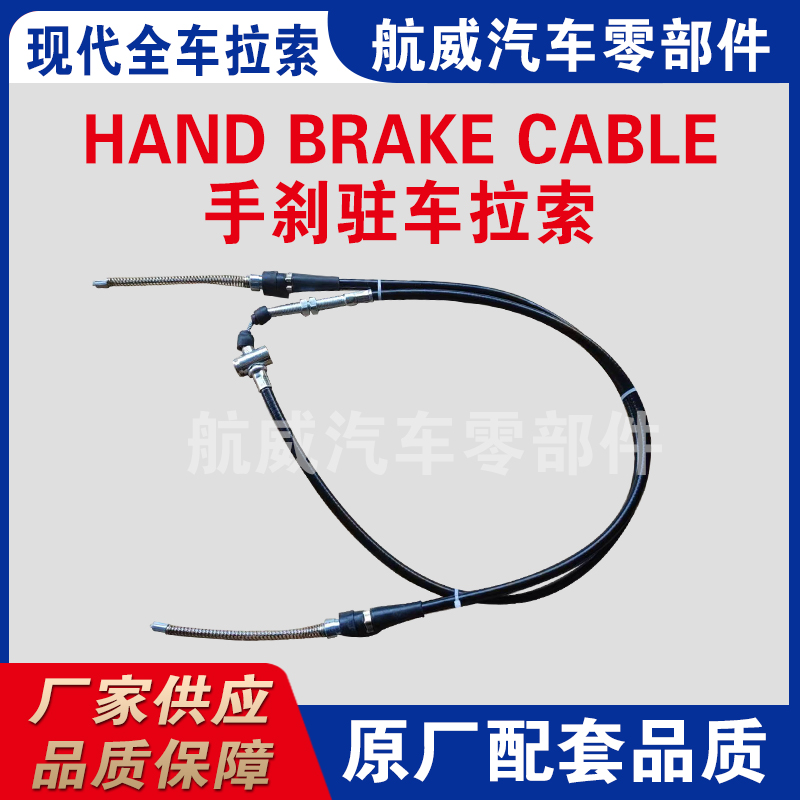Innovative In-Line Clutch Solutions for Enhanced Performance and Efficiency
Understanding Inline Clutch Systems A Comprehensive Overview
In the world of mechanical engineering, the concept of an inline clutch has emerged as a crucial component in various machines, especially in the context of automotive and industrial applications. The inline clutch system is designed to engage or disengage power transmission in a linear manner, thus enabling smoother operation and controlled movement. This article explores the fundamental aspects of inline clutches, their applications, advantages, and the technology behind them.
What is an Inline Clutch?
An inline clutch is a type of mechanical device that allows for the transfer of torque from one shaft to another while also providing a means to disengage that connection. This is critical in applications where precision control is necessary, such as in robotics, conveyor systems, and certain automotive applications. The inline design refers to the alignment of the clutch with the shafts it connects, allowing for a direct and efficient transmission of power.
How Inline Clutches Work
Inline clutches typically operate using a mechanism that can include friction, hydraulics, or electromagnetic forces to engage or disengage. When engaged, the clutch allows for the transfer of rotational motion from the driving shaft to the driven shaft. Conversely, when disengaged, the shafts are separated, preventing the transfer of torque.
In most inline clutch designs, users encounter two main types mechanical and electronic. Mechanical clutches use a manual or automatic system to engage and disengage the clutch based on the input received, while electronic clutches utilize sensors and control systems to optimize engagement based on operational parameters.
Applications of Inline Clutches
The versatility of inline clutches has led to their widespread use across various industries. In automotive applications, they are often found in automatic transmissions, where they play a role in managing gear shifts seamlessly. Inline clutches ensure that power delivery is smooth, enhancing the driving experience while optimizing fuel efficiency.
In industrial settings, inline clutches are indispensable in automation and conveyor systems. They provide the ability to control the flow of materials and manage movement efficiently. Robotics also leverages inline clutches to allow for precise movement and positioning of robotic arms. These applications benefit from the ability to engage and disengage motion without interrupting the overall workflow.
Advantages of Inline Clutches
in line clutch

2. Precision Control The ability to control when and how power is transmitted enables higher precision in applications like robotics and automated systems.
3. Versatility With applications spanning multiple sectors, inline clutches can be tailored to meet specific operational demands, making them highly versatile.
4. Reduced Energy Loss Inline clutches can minimize energy loss during disengagement, making systems more efficient and environmentally friendly.
5. Compact Design Inline clutches often feature a compact design, saving space in installations where every millimeter counts.
The Future of Inline Clutch Technology
As technology advances, the inline clutch system continues to evolve. The integration of smart technologies, such as IoT sensors and data analytics, is paving the way for smarter clutch systems that can predict when to engage or disengage based on real-time data. This proactive approach can enhance efficiency, improve performance, and extend the life of machinery.
Moreover, the ongoing development of materials and lubricants used in inline clutches promises to further improve their durability and performance. As industries shift towards automation and more eco-friendly practices, inline clutches will play a significant role in achieving these goals.
Conclusion
In conclusion, the inline clutch system represents a vital innovation in the engineering and manufacturing sectors. Its ability to provide efficient power transmission while allowing for precise control makes it an essential component in numerous applications. As the industry continues to innovate, the inline clutch will undoubtedly evolve, further solidifying its place as a cornerstone of modern mechanical design. Understanding its operation, advantages, and future trends is crucial for engineers and professionals looking to harness the full potential of this remarkable technology.
-
Upgrade Your Vehicle with High-Quality Handbrake CablesNewsNov.01,2024
-
Optimize Your Bike's Performance with Quality CablesNewsNov.01,2024
-
Enhance Your Vehicle's Performance with Quality Clutch ComponentsNewsNov.01,2024
-
Elevate Your Vehicle's Performance with Quality Throttle CablesNewsNov.01,2024
-
Elevate Your Vehicle's Performance with Quality CablesNewsNov.01,2024
-
Affordable Solutions for Your Cable NeedsNewsNov.01,2024
